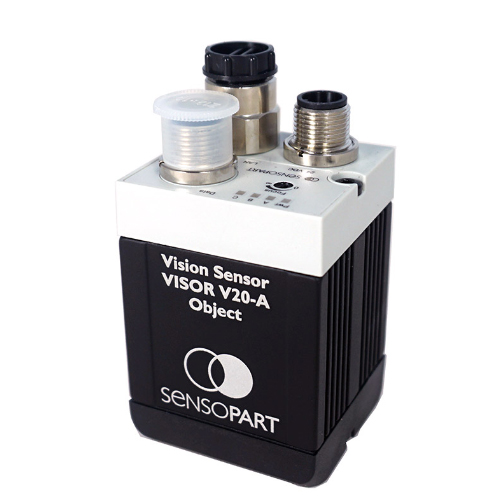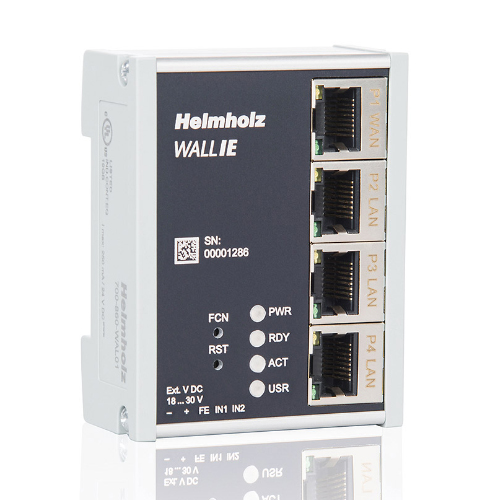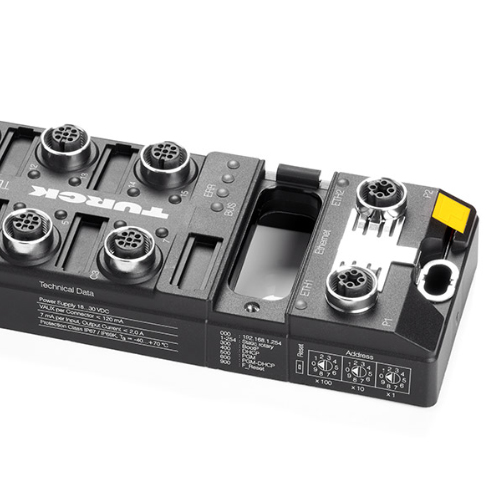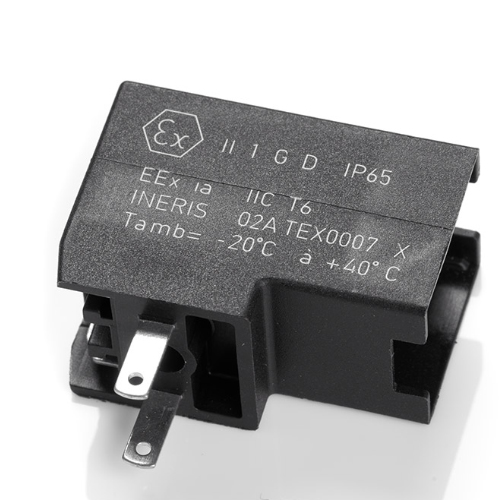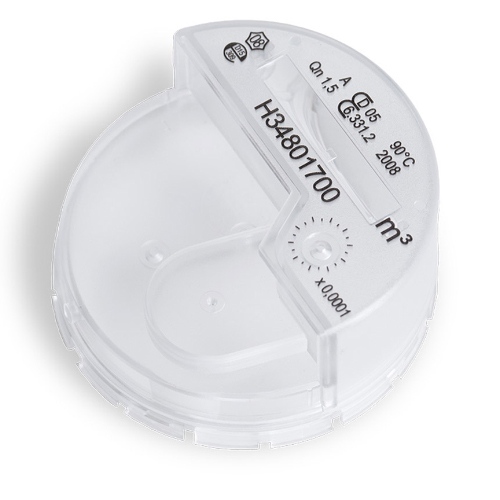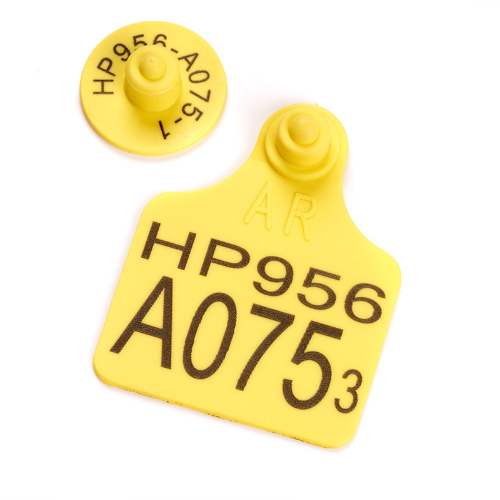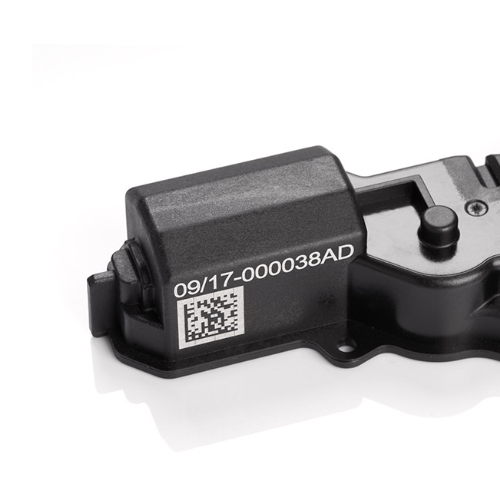
-
Products & Solutions
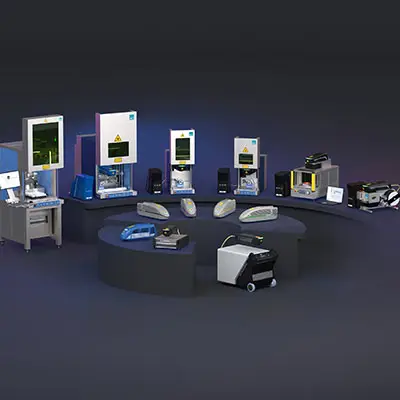
Information:
We are closed for the company holidays
December 22, 2025 - January 2, 2026
Thank you for your understanding
Contact us -
Applications
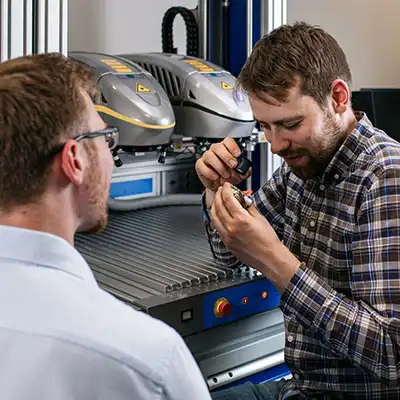
Information:
We are closed for the company holidays
December 22, 2025 - January 2, 2026
Thank you for your understanding
Contact us -
Support & Service
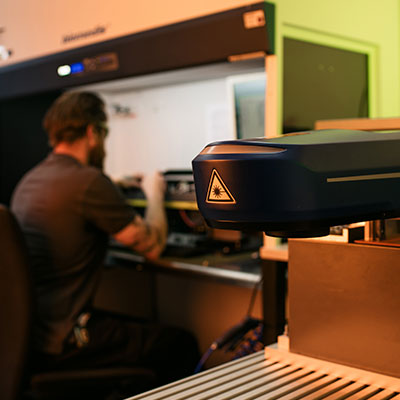
Information:
We are closed for the company holidays
December 22, 2025 - January 2, 2026
Thank you for your understanding
Contact us -
About ACI
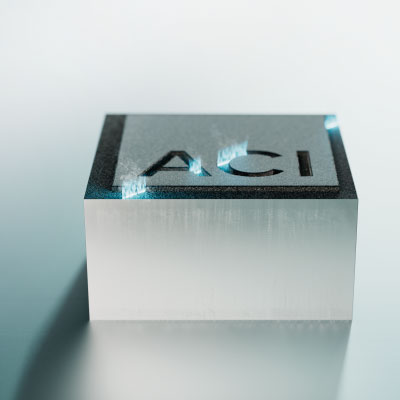
Information:
We are closed for the company holidays
December 22, 2025 - January 2, 2026
Thank you for your understanding
Contact us

